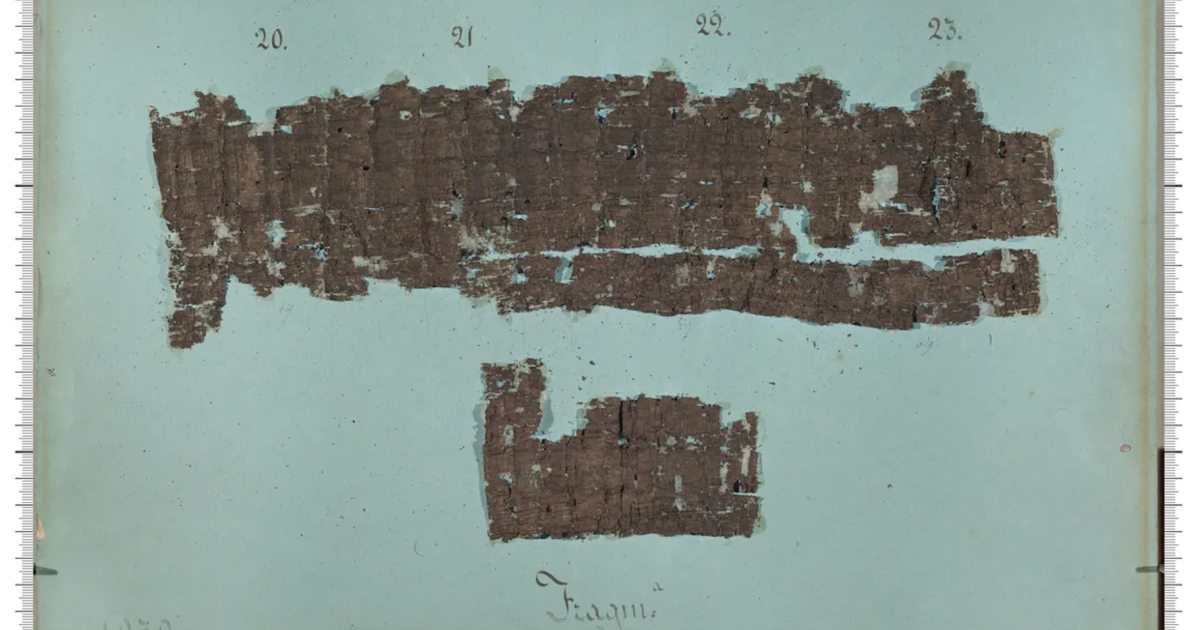
Plato is one of the most lauded thinkers and authors of the modern world.
It seems a bit odd, no matter how much time has passed, that his final resting place was not recorded with care.
Now, the remains of a charred papyrus near Pompeii could hold the answer.
The ancient scroll, discovered at Herculaneum, reveal not only details regarding Plato’s burial spot, but about his descent into slavery later in life.
Like Pompeii, Herculaneum was devastated by the eruption of Mount Vesuvius in 79 CE. The good news is that its large collection of scrolls has been essentially preserved under the ash for all of these years.
The papyrus is blackened but otherwise in good condition. It’s extremely difficult to read, but contains, according to experts, a section of History of the Academy by Philodemus of Gadara, which forms part of his Review of the Philosophers.
Philodemus of Gadara lived from 110 to 40 BCE, and his History includes detailed information about Plato’s life and work.
Scientists used techniques like infrared and ultraviolet optical imaging, molecular and elemental imaging, thermal imaging, and digital microscopy in an attempt to decipher the exact words.
They were eventually able to make out around 1,000 words on the burned parchment – around 30% of the total text.
Project coordinator Graziano Ranocchia issued a statement talking about how amazing this actually was.
“The new readings often draw on new and concrete facts about Plato’s Academy, Hellenistic literature, Philodemus of Gadara and ancient history in general.”
It has been assumed that Plato was buried on his Academy grounds, but the building was destroyed by Sulla in 86 BCE.
This scroll, though, points to Plato’s grave instead being in a private garden near a shrine to the Muses.
Other details state Plato was sold into slavery, possibly following the Spartan invasion of 404 BCE, or after Socrates passed in 399 BCE.
Conventional thought places Plato’s years of servitude beginning more like 387 BCE in Sicily, not Aegina.
Plato passed in Athens in the year 348 BCE.
It’s pretty amazing that, after more than two thousand years, written words from the past can communicate with us today.
And all without a single digital footprint.
If you think that’s impressive, check out this story about a “goldmine” of lithium that was found in the U.S. that could completely change the EV battery game.